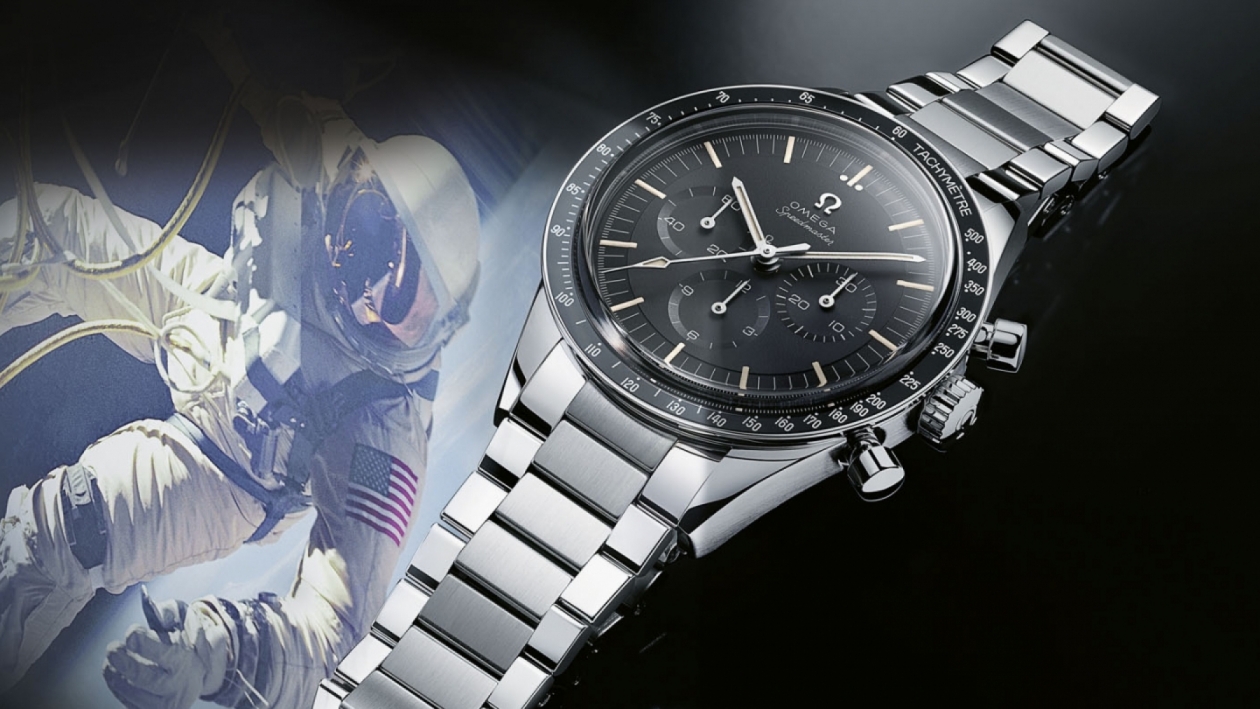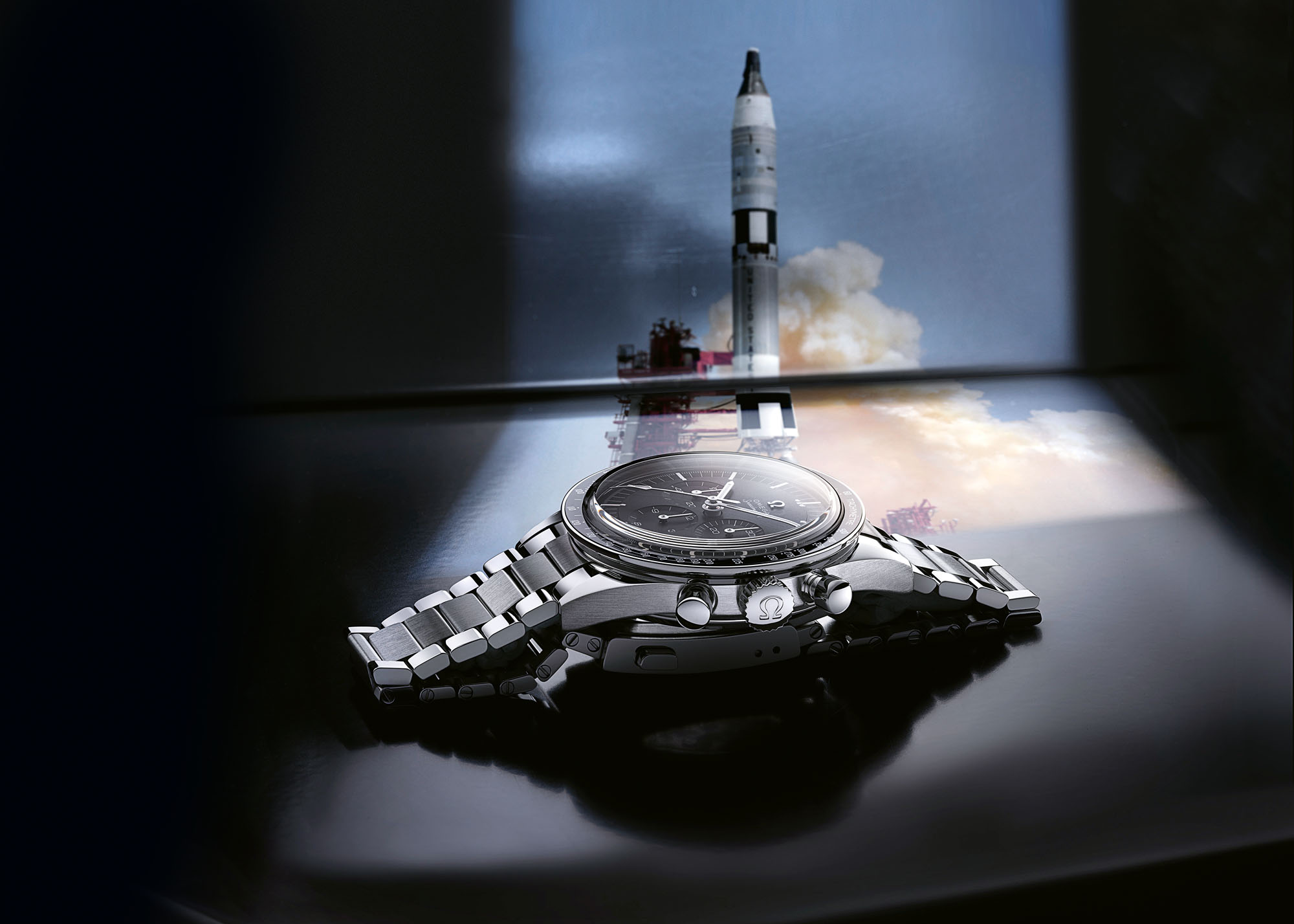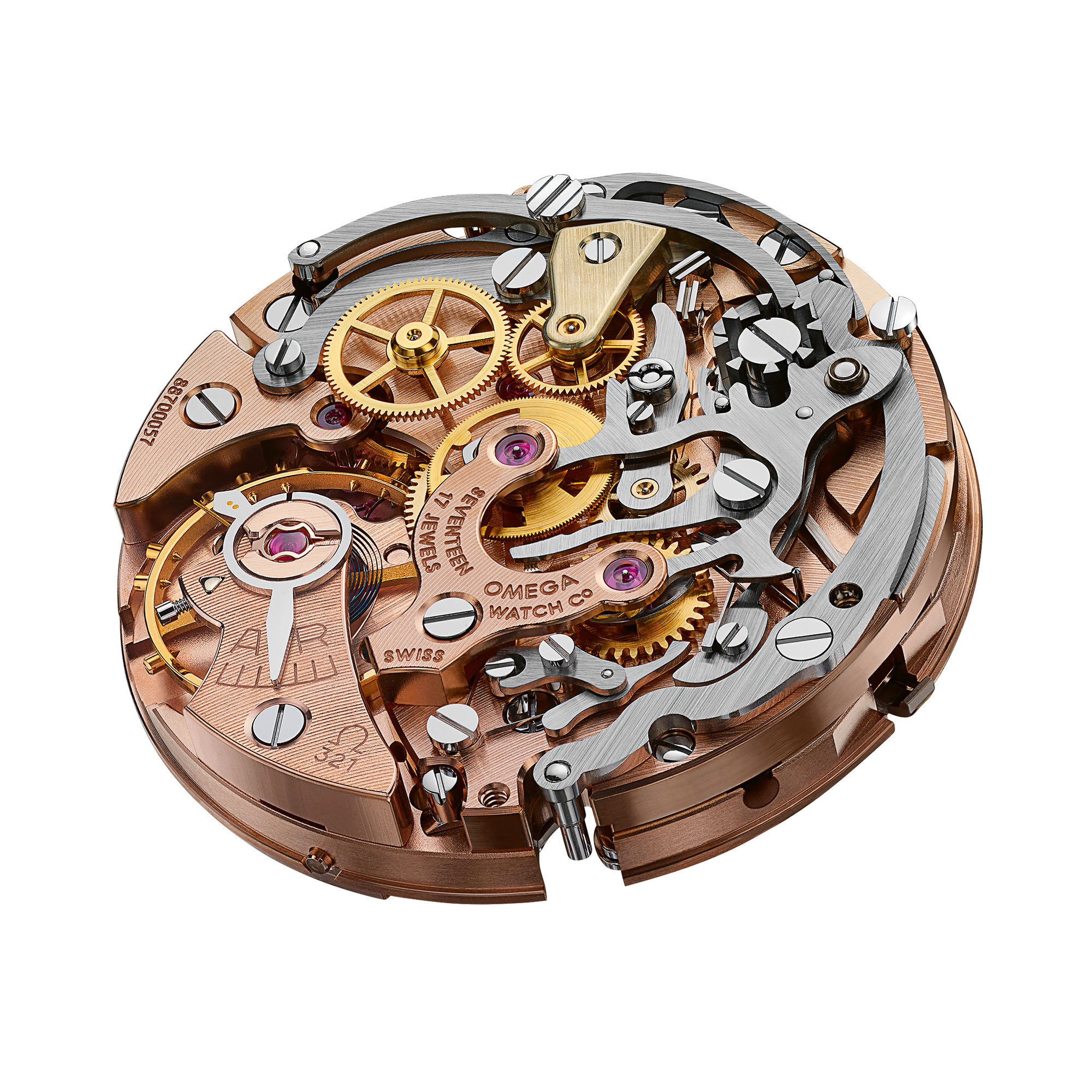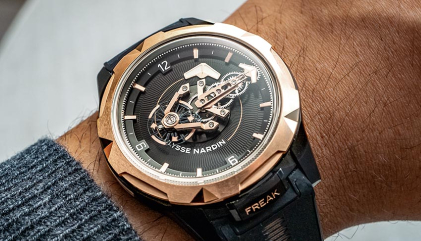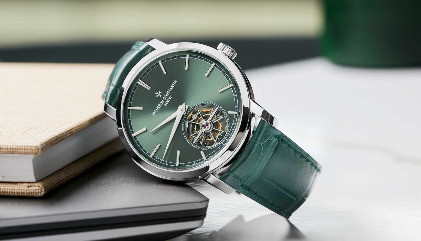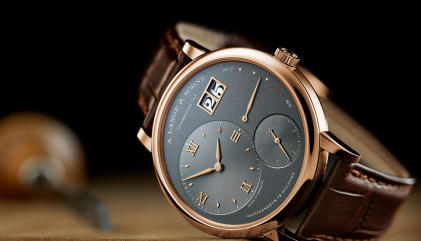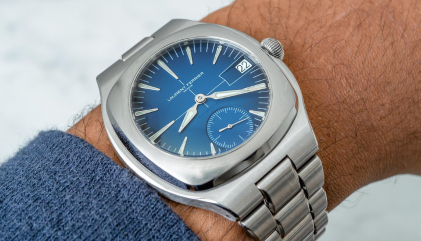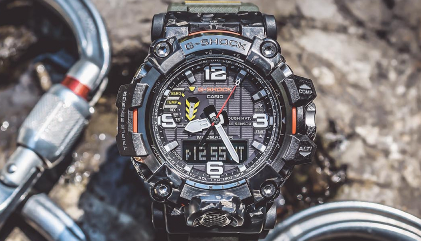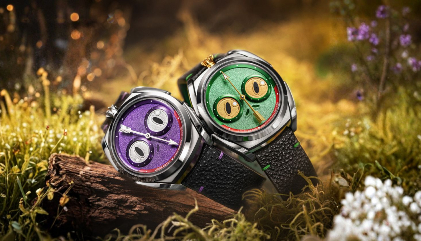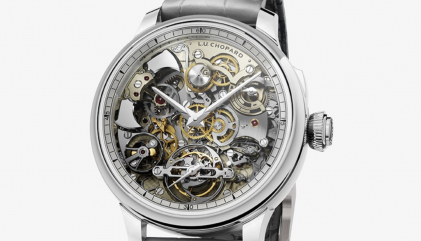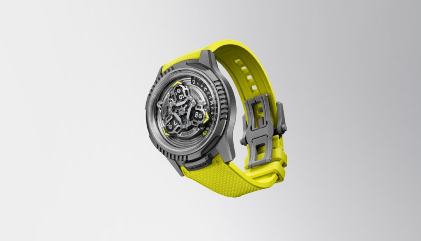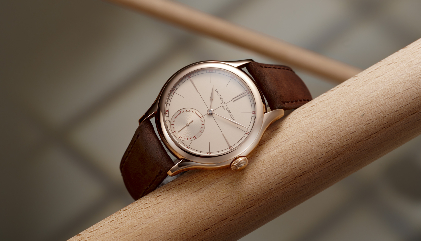On June 3, 1965, US astronaut Ed White ventured out of his space capsule during the Gemini 4 mission (photo on opening page). In his right hand, he held a manoeuvring device with an oxygen nozzle, which he used three times to propel himself to the end of his eight-metre-long tether. Over the left sleeve of his spacesuit, White wore an Omega Speedmaster Ref. 105.003 attached to an extra-long Velcro textile strap. This model was produced from 1964 to 1969 and was powered by Omega's hand-wound Calibre 321 Ref. 105.012, the same movement that ticked inside the watch on Buzz Aldrin's wrist during the first moon landing in 1969. A few minutes earlier, Neil Armstrong became the first person to walk on the moon, but he left his Speedmaster behind in the lunar lander - the vessel's onboard electronic clock had malfunctioned.
During the six (successful) lunar landings that took place between 1969 and 1972, only three Speedmaster references were worn on the moon, and Calibre 321 powered all. Technically modi ed follow-up Calibre 861 premiered in 1968, but it didn't tick inside the watches that had been certified for the Apollo missions so it never accompanied an astronaut onto the surface of the moon. The current Calibre 1861, debuted in 1996 and has rhodium- plated surfaces.
Speedmaster Moonwatch 321
White's Speedmaster Ref. 105.003 still had a symmetrical case without a flared flank to protect the push pieces and crown. As a result, the lugs were nearly straight and didn't have the typical sinuous shape with upturned flanks that would appear later. This straight-line design inspired the case of the new 2020 Speedmaster Moonwatch 321.
The bracelet of the new edition also has historical origins. The first Speedmaster from 1957 was equipped with a no-frills, three-row, stainless steel bracelet. This wristband would characterise the function-oriented design of the Moonwatch for decades and was only replaced much later by a more elaborate five-row metal bracelet.
Other references to the watches of the Apollo astronauts are the 'Step Dial' with recessed subdials and the 'Dot over Ninety' , which refers to a peculiarity of the tachymeter bezel on the early Speedmaster generations, where the 90 is below the corresponding dot, not beside it, an 'error' corrected in the model series released in 1968 and thereafter. The case diameter of 39.7mm is also historically correct. Omega has allowed itself few modernisations, all of which improve the watch's robustness and longevity. One update is a ceramic inlay, which replaces the aluminium scale on the bezel. Another is a pair of sapphire crystals: One takes the place of the plastic pane that originally covered the dial; the other replaces the metal back. Ironically, this technical improvement would prevent the watch from being re-certified as an item of NASA equipment because sapphire crystal can shatter under extreme low pressure and potentially injure astronauts or damage equipment. That's why the Speedmaster Moonwatch Professional shown at the end of this article - the watch worn by American astronauts - is still available today with a plastic crystal and a metal caseback.
Cult Calibre 321
Our editorial team saw the two sapphire crystals of the Speedmaster Moonwatch 321 as an advantage. The one in the caseback is particularly welcome because it lets one admire Calibre 321 and its handsome details. During the two years of research and development work that Omega devoted to this project, specialists consulted old construction plans and also used computer tomography (CT) to examine the direct ancestor of our test watch, the Speedmaster Ref. 105.003 that Cernan wore over the sleeve of his spacesuit when he became the last person to walk on the moon as part of the Apollo 17 mission in 1972.
Calibre 321 was developed in a special atelier, where an individual watchmaker fully assembled one watch It debuted in 2019 inside the Speedmaster Moonwatch 321 Platinum.
To read the full review, subscribe to WatchTime India here.





